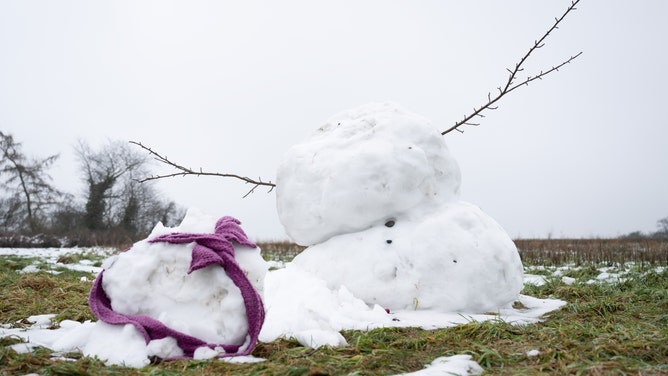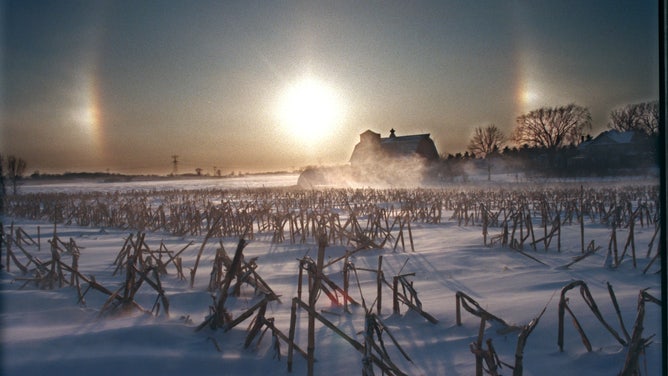Clean snow vs. dirty snow: Study examines what the future will look like if snow melts too quickly
Researchers found that the amount of black carbon and dust in snow can compromise the timing of snowmelt, leading to an uncertain water supply for some places that need it the most.
A look of the future of winter weather
Snow could one day be whiter and possibly cleaner across the U.S.
In a recent study, researchers presented two scenarios with different levels of snow purity to show how the amount of black carbon and dust in snow can make an impact on the Northern Hemisphere by the end of the 21st century.
Many regions across the globe depend on snow and snowmelt to fuel human activities and needs, such as irrigation for agriculture, hydropower and water supply, according to Hailong Wang, earth scientist with the Pacific Northwest National Laboratory and author of the study.
Wang and his team studied how black carbon and dust in snow can influence when snowmelt occurs. They found that these particles can compromise the timing of snowmelt, depending on the amount of black carbon and dust found in the snow.

FILE: The sun sets behind snowy spruce trees in Kuusamo, Finland.
(David Tipling / Education Images / Universal Images Group / Getty Images)
Black carbon, particularly in the form of soot, is produced when fossil fuels, biomass or biofuels aren’t burned completely. Dust, on the other hand, is produced by natural wind erosion of soil or by human activities, such as deforestation.
WHEN IS THE EARLIEST IT CAN SNOW IN YOUR CITY?
Black carbon and dust particles can become trapped in snow, either as snowflakes form in clouds containing black carbon and particles or as the particles suspended in the air fall onto snow on the ground, Wang said.
By being incorporated into the snow, the black carbon and dust darken it and reduce the amount of sunlight the snow can reflect. In doing so, the study found that darker snow absorbs more sunlight than clean snow can, thereby causing the snow to melt earlier in the season than usual.

FILE: A snowman melts on a meadow.
(Sebastian Kahnert / Picture Alliance / Getty Images)
Because of these light-absorbing properties, black carbon and dust are referred to as "light-absorbing particles" or LAPs. These LAPs have a significant impact on communities living downstream of the snowbelt, Wang noted.
"Some regions rely on snowmelt for freshwater," he said. "If the snow can melt too early in the season, then late in the season, they'll just lack water supply. That's the biggest impact."
SNOWPACK OFFERS LIFELINE FOR ‘TERMINAL’ YOSEMITE NATIONAL PARK GLACIER
He also noted how, as dirtier snow melts more quickly, it exposes the soil underneath to sunlight more quickly. The sunlight is then easily absorbed by the soil, heating up the Earth more quickly. This creates a feedback loop in which the climate becomes warmer and warmer.

FILE: Sundogs bracketed the setting sun as the wind whipped up snow on this frozen corn field.
(David Brewster / Star Tribune / Getty Images)
Researchers used computer modeling of the LAPs to study two hypothetical scenarios, with one including clean snow with fewer LAPs and the other including dirty snow with more LAPs, and how the scenarios make an impact on the planet by the year 2100.
According to Wang, we are currently in the middle of the two scenarios. This places humans at a crossroads for the kind of future we have in store.
"We're hoping that we can do better to reduce the combustion of fossil fuel and emit less carbon dioxide and less particles into the atmosphere, so that will induce less warming," he said.
